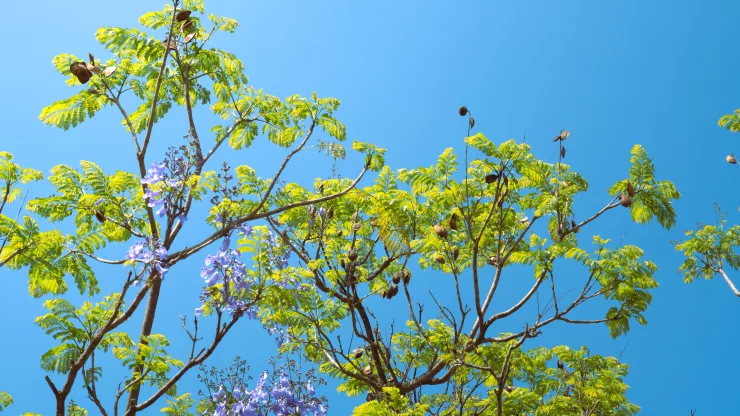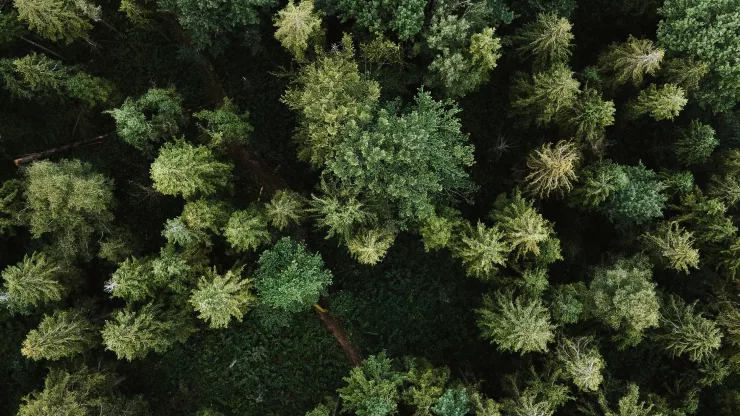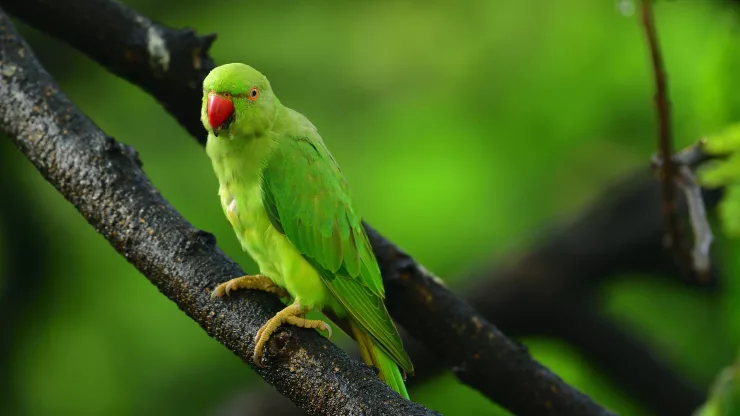Urban areas are known for their concrete jungles and towering skyscrapers, but they are also home to a surprising amount of wildlife.
From birds and bees to coyotes and raccoons, many species have adapted to living in urban environments.
However, maintaining urban biodiversity can be challenging, especially as cities continue to grow and expand.
This article will explore the importance of urban wildlife and green infrastructure in enhancing urban biodiversity, the challenges facing urban ecosystems, and strategies for promoting sustainable and livable cities.
Jump to Section
Introduction
Urbanization is rapidly changing the face of our planet, and cities are becoming the dominant form of human settlement.
As more people move to urban areas, the demand for housing, transportation, and infrastructure increases.
This often comes at the expense of natural habitats and wildlife.
However, cities also present unique opportunities for enhancing biodiversity through the incorporation of green infrastructure and sustainable practices.
Understanding Urban Wildlife and Green Infrastructure
Urban wildlife refers to the various species that have adapted to living in urban environments.
These can include birds, mammals, reptiles, and insects.
Green infrastructure, on the other hand, refers to the network of natural and semi-natural areas that provide ecosystem services in urban areas.
These can include parks, green roofs, rain gardens, and other green spaces.
The Importance of Urban Biodiversity
Biodiversity is the variety of life on earth, including all the species, ecosystems, and genetic diversity that make up our planet.
Urban areas may seem like unlikely places for biodiversity to thrive, but they can actually provide important habitat and resources for many species.
Some of the benefits of urban biodiversity include:
The Benefits of Green Spaces in Urban Areas
- Providing habitat for wildlife
- Improving air and water quality
- Reducing urban heat island effects
- Enhancing human health and well-being
- Creating opportunities for recreation and education
The Role of Urban Wildlife in Maintaining Ecosystem Balance
Urban wildlife plays an important role in maintaining ecosystem balance, even in densely populated areas.
For example, bees and other pollinators help to fertilize plants, while birds and other predators help to control pest populations.
By supporting urban wildlife, we can help to maintain a healthy and functioning ecosystem.
Challenges in Maintaining Urban Biodiversity
Maintaining urban biodiversity can be challenging due to a variety of factors, including:
Habitat Fragmentation and Loss
As cities continue to grow, natural habitats are often fragmented or destroyed, leaving wildlife with limited options for survival.
Pollution and Climate Change
Urban areas are often associated with high levels of pollution, which can have negative impacts on both wildlife and human health.
Climate change is also a major threat to urban biodiversity, as it can alter habitat conditions and disrupt migration patterns.
Invasive Species
Invasive species can outcompete native species for resources and disrupt ecosystem balance. They can also have negative impacts on human health and infrastructure.
Strategies for Enhancing Urban Biodiversity
Despite these challenges, there are many strategies for enhancing urban biodiversity and creating more sustainable and livable cities. Some of these include:
Incorporating Green Infrastructure in Urban Planning
By incorporating green infrastructure into urban planning, we can create more natural and functional spaces that provide important ecosystem services.
This can include the use of green roofs, rain gardens, and other green spaces.
Promoting Sustainable Landscaping Practices
Sustainable landscaping practices can help to create more wildlife-friendly habitats and reduce the negative impacts of urbanization.
This can include the use of native plants, reducing pesticide use, and creating wildlife corridors.
Encouraging Citizen Science and Community Engagement
Citizen science and community engagement can help to raise awareness about the importance of urban biodiversity and involve local communities in conservation efforts.
This can include monitoring wildlife populations, creating habitat restoration projects, and educating the public about the benefits of green infrastructure.
Case Studies of Successful Urban Biodiversity Enhancement
There are many examples of successful urban biodiversity enhancement projects around the world. Some notable examples include:
The High Line in New York City
The High Line is a public park built on a former elevated rail line in Manhattan.
It provides important habitat for birds, bees, and other wildlife, while also serving as a popular destination for tourists and locals.
The Cheonggyecheon Stream Restoration in Seoul
The Cheonggyecheon Stream was restored in 2005 after decades of being covered by a highway.
The restored stream provides important habitat for fish and other aquatic species, while also improving air and water quality in the surrounding area.
The Biodiversity Corridors in Singapore
Singapore has implemented a network of biodiversity corridors that connect green spaces throughout the city.
These corridors provide important habitat for a variety of species, while also improving the resilience of the urban ecosystem.
Conclusion
Enhancing urban biodiversity is essential for creating sustainable and livable cities.
By incorporating green infrastructure, promoting sustainable practices, and engaging local communities, we can create more natural and functional urban spaces that provide important ecosystem services.
Protecting urban wildlife and promoting biodiversity is not only good for the environment, it is also good for human health and well-being.
Frequently Asked Questions
What is green infrastructure?
Green infrastructure refers to the network of natural and semi-natural areas that provide ecosystem services in urban areas.
This can include parks, green roofs, rain gardens, and other green spaces.
Why is urban biodiversity important?
Urban biodiversity is important because it provides habitat for wildlife, improves air and water quality, reduces urban heat island effects, enhances human health and well-being, and creates opportunities for recreation and education.
What are some challenges facing urban biodiversity?
Some of the challenges facing urban biodiversity include habitat fragmentation and loss, pollution and climate change, and invasive species.
What are some strategies for enhancing urban biodiversity?
Strategies for enhancing urban biodiversity include incorporating green infrastructure in urban planning, promoting sustainable landscaping practices, and encouraging citizen science and community engagement.
I’m a nature enthusiast and creator of Metro Wilds and have spent years exploring the great outdoors.
With a passion for environmental conservation and sustainability, I have dedicated my career to writing about the beauty and wonders of nature, as well as the threats facing our planet.
Contact me at [email protected] for assistance.





